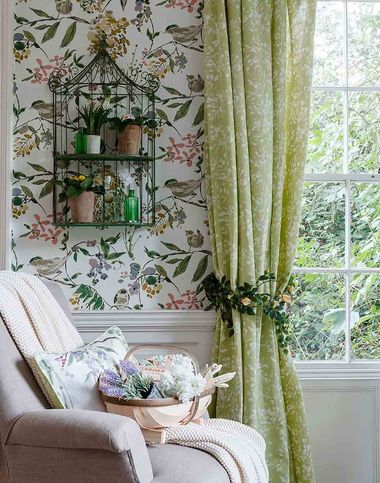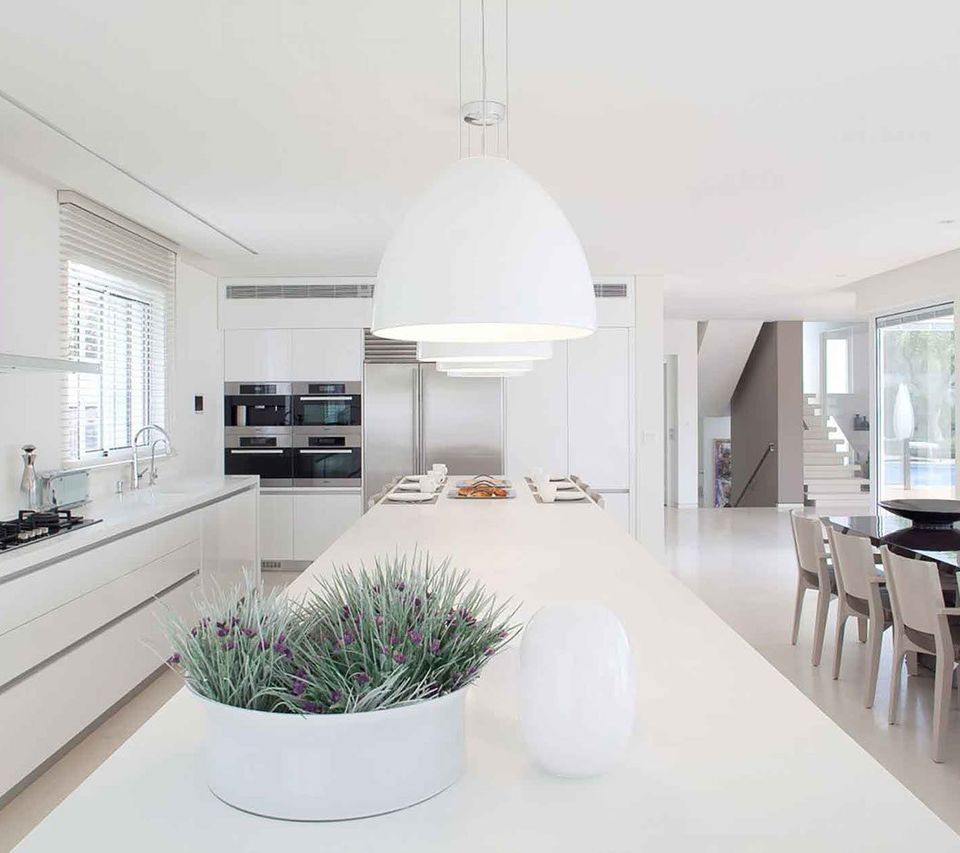How to get rid of the Naughties look
Website Editor • February 26, 2020
How to get rid of the Naughties look; How to modernise your humble abode
Already in the second decade of the new millennium, it’s surprising to think that there is already a full period of time after 2000 that is now out of style. In 2016, home decor trends are very different than they were in 2006. If you feel like your home could use a style upgrade, modernize by recognizing and removing these naughties faux-paz from your abode.
What’s Left Over From 2000-2009
The naughties were big on individualisation, less clutter than the 1990s but still an emphasis on comfort, thriftiness and showing your personality with details around the house. We wanted to bring home every single piece we found and loved, cramming shelves and every corner of our homes with stuff.
Colour was a huge factor in design with bold colours on every surface. There was an emphasis as well on rich patterns, florals, especially for feature walls. Painting or wallpapering one wall was a lot cheaper than doing the whole room.

In order to bring your home into this decade, place a focus on the following:
Neutral colour
2016 is all about minimalism. Pops of colour here and there can add fun and personality, but overall, clean and flat neutral colours rule. Especially in kitchens and bathrooms, functional design presides over visual design.
Minimal styling
Continuing the minimal trend, understated design is now king. Unlike the naughties, it’s better right now to have a room free of knick-knacks and clutter. Statement pieces should rule the room in order to avoid too many elements merging together.
Purposefulness
In the naughties, reality TV home makeover shows were so popular, everyone wanted to redo their home just for the fun of it. In the end, the quality of the rooms ended up falling short. Instead, let the things you have speak for themselves and avoid going out and buying tons of new furniture and accessories just because.
Sleek style
With the economic crisis, came the need to re-purpose and reuse old-style furniture. But the shabby chic farmhouse look is over. Sleek modern furnishings with flat design and little depth or detail will bring your home into the new decade. It’s not all about metal and chrome. Dark unfinished wood cut into sharp lines is a huge aspect of 2016 interior design. But keep the minimalistic approach by skipping the flowery tablecloth.
Go Retro
A lot of design elements from the 60s are coming back strong. From lighting fixtures to kitchenware to sofas, if it was popular in the 1960s, it’s groovy again. (We aren’t counting shag carpet here.) The “futuristic” yet still, homely feel of the 60s can be found everywhere, which is great for keeping with design trends and still not having to buy new, as many popular pieces can be found at thrift stores.
Technology
When it doubt, embrace the Internet. The world is still fascinated with DIY trends and re-purposing old finds. These days, who doesn’t have a Pinterest board with ideas and plans for their bathroom remodel? In the naughties, we threw together our rooms based on what we liked. Now, we have the ability to learn from experts and plan out our home design down to the last throw pillow.
Articles

The United Nations has described the disruption to education caused by the pandemic as ‘unparalleled’. At the virus’ worldwide peak in April, it is estimated that over 90% of all enrolled learners, from kindergarten to bachelors and beyond, had their education affected by school closures and the pandemic (UNESCO). For many university students and older children, they have had to adapt quickly to online learning. They can keep in touch with their peers and teachers online and continue their studies, albeit in a highly modified way. As challenging as this may be, this experience will help equip them for a future that is increasingly online. For parents of younger children, they are assuming a new role: their child’s home school teacher. This is in addition to their usual childcare and household duties, their work responsibilities and often emotional and financial worries caused by the pandemic. Stressful? Yes. The good, and somewhat surprising, news? The experts advise that you don’t teach your children - at least not in the way you might expect.

If the recent outbreak of Covid-19 has taught us anything, it's that many adults do not wash their hands effectively. It has never been more important that we support our children to develop good personal hygiene to keep themselves and our families safe. This seemingly easy task can be very difficult for children with fine motor skill difficulties. In this article, we explore some ideas to support your child with hand washing.

Lockdown has brought the digital future into the now. Online shopping, entertainment, education and more have moved from the periphery to the mainstream to, in many cases, the only option. With the necessity of social distancing looking to continue for many months, it appears that this rapid digital revolution is here to stay. This means that life as we know it, in most of its sectors, has changed forever. In order to survive, businesses are having to adapt rapidly, embrace technology and look to the future. Architecture is no exception. There has been a widespread adoption of technology and VR over the past few months in response to the lockdown across all of society. Elderly grandparents who were once resistant to adopt new technologies talk of “Zooming” and have started video chatting with their family members to combat loneliness. Art galleries that were once considered stuffy or pretentious are now pioneers in VR technology, with Google Art & Culture offering tours of London’s National Gallery or the Musee D’Orsay in Paris. These virtual tours deliver art in a dynamic new way that can be far more engaging than regular photos. Critics have applauded the panoramic and immersive views of gallery building and exhibitions which work well for rendering of 2 dimensional art, however impressions of sculpture is somewhat lacklustre. With VR technology, users can enjoy a truly immersive experience in the comforts, and safety, of their own home. The COVID-19 pandemic has served as an accelerant for the arts and entertainment industries to embrace VR.





